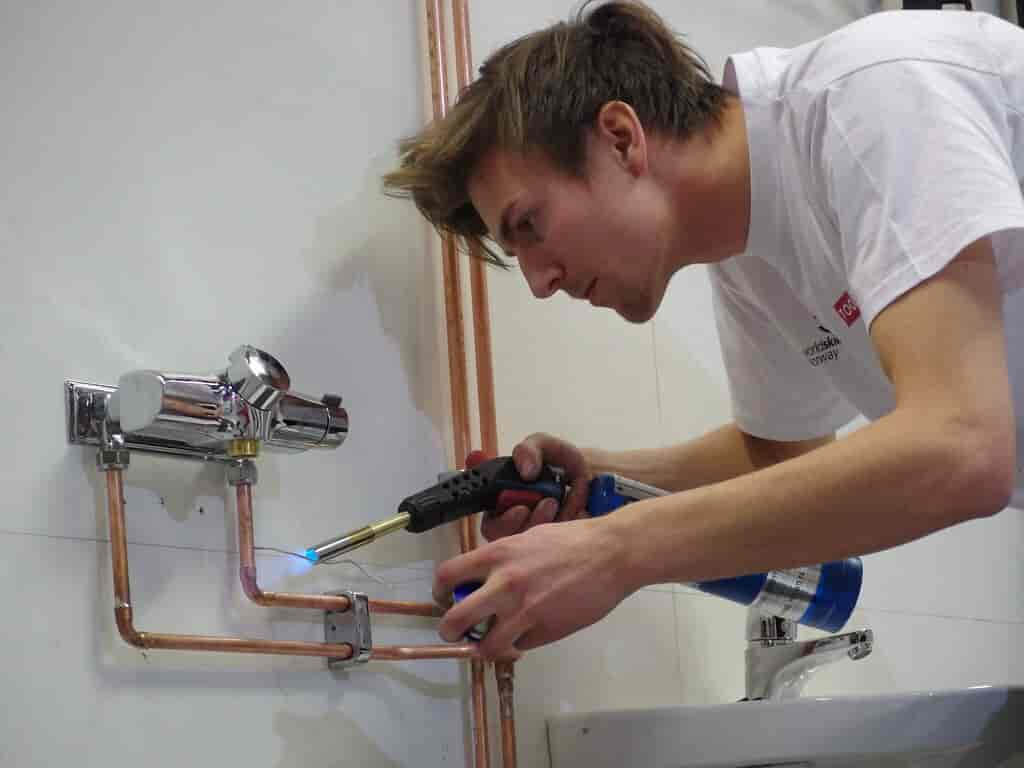Turning the Flow: The Essential Role of Toilet Shut-Off Valves
When it comes to the inner workings of our homes, there are certain components that often go unnoticed but play a critical role in our daily lives. One such unsung hero is the toilet shut-off valve. This unassuming little device might not be on the top of your mind when you think about home maintenance, but it serves a vital purpose that can save you from potential disasters and inconvenience. In this article, we’ll explore the essential role of toilet shut-off valves and why they deserve more attention.
What is a Toilet Shut-Off Valve?
A toilet shut-off valve is a small but powerful tool located near the base of your toilet, usually on the wall or floor. Its primary function is exactly what the name suggests – to shut off the water supply to your toilet. This valve allows you to control the flow of water to your toilet, making it an indispensable component of your plumbing system.
Emergency Prevention
One of the most critical roles of a toilet shut-off valve is to act as a first line of defense in case of emergencies. Imagine a situation where your toilet starts overflowing due to a clog or a malfunction in the flushing mechanism. Without a shut-off valve, you’d have to frantically try to stop the flow of water at the source, which could lead to significant water damage. The shut-off valve allows you to swiftly stop the water supply, minimizing potential damage and giving you the time to address the issue without the added pressure of a flooding bathroom.
Maintenance and Repairs
Toilet shut-off valves are not only handy in emergencies but also essential for routine maintenance and repairs. When you need to replace a toilet, fix a leaky pipe, or perform any work that involves the toilet’s water supply, the shut-off valve is your best friend. It allows you to isolate the toilet’s water flow without disrupting the water supply to the entire house. This convenience can save you time, effort, and potentially costly repairs.
DIY-Friendly
Another advantage of toilet shut-off valves is that they are generally user-friendly, making them accessible for do-it-yourself enthusiasts. If you’re comfortable with basic plumbing tasks, you can replace a faulty shut-off valve yourself. This is particularly valuable if you’re facing a situation that requires immediate attention, such as a leak. However, if you’re not confident in your plumbing skills, it’s always wise to seek professional help to avoid exacerbating the problem.
Choosing the Right Valve
When it comes to selecting a shut-off valve, quality matters. Investing in a durable, high-quality valve ensures that it will function reliably when you need it the most. Ball valves, compression valves, and quarter-turn valves are popular options known for their reliability and ease of use.
